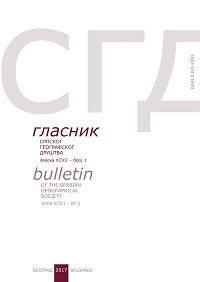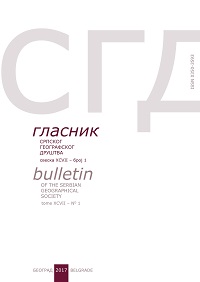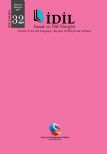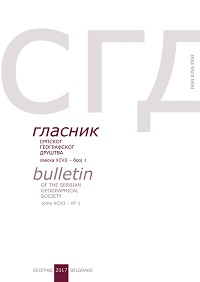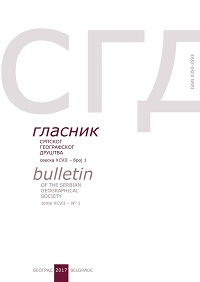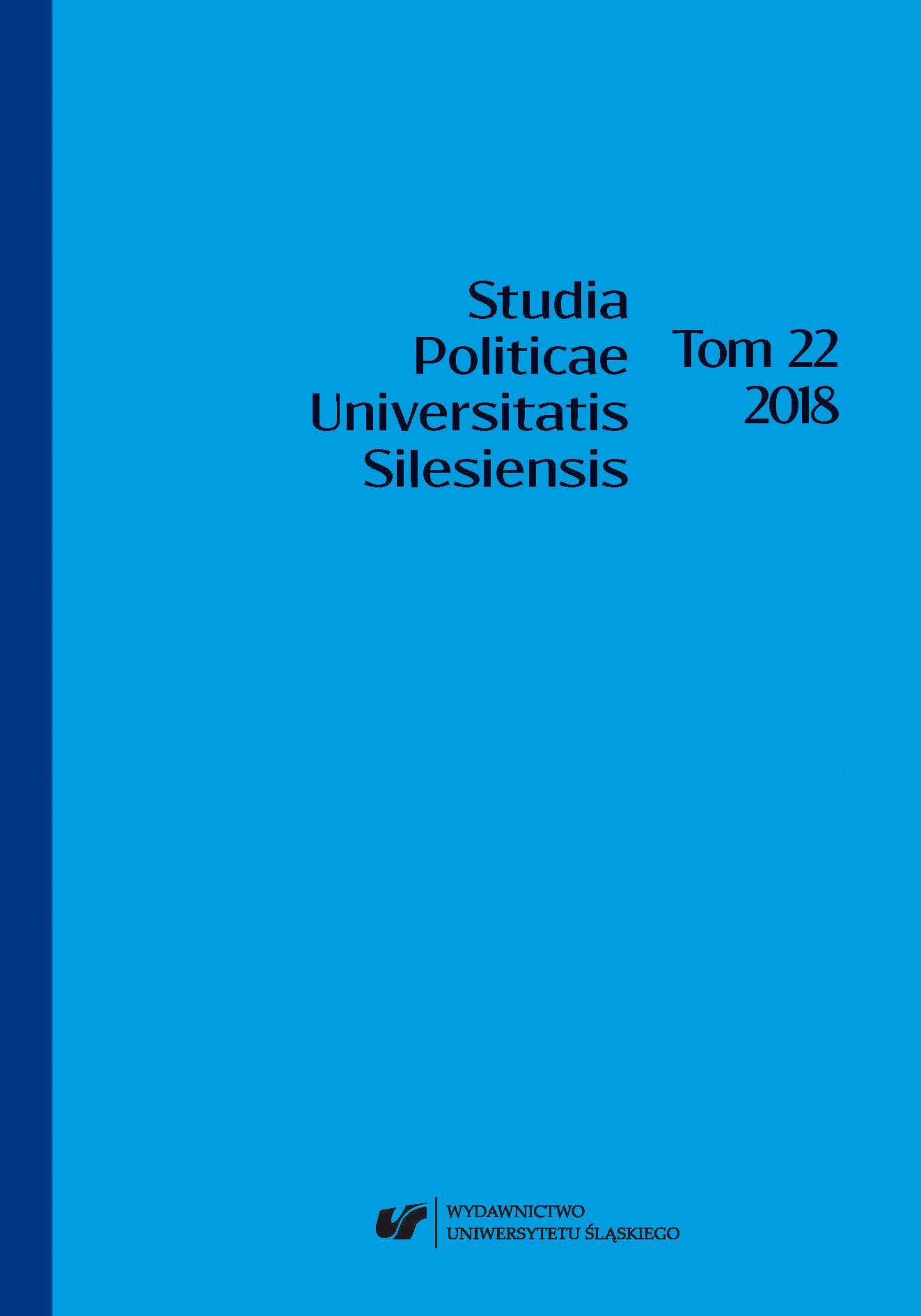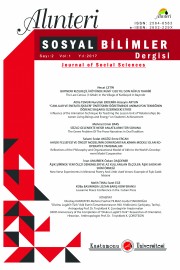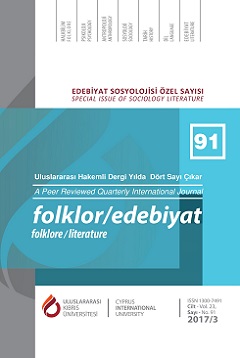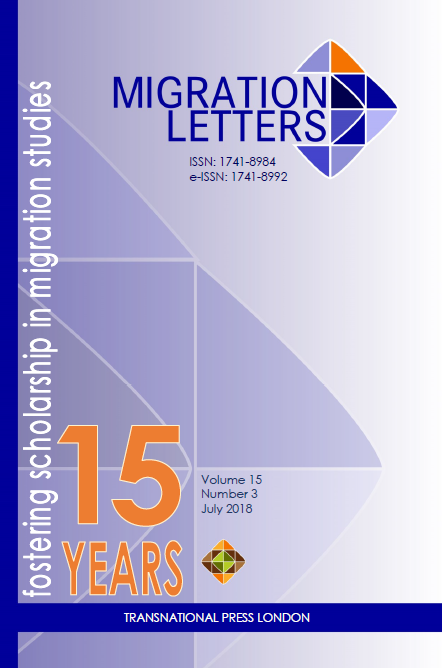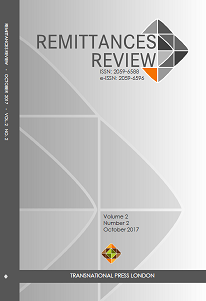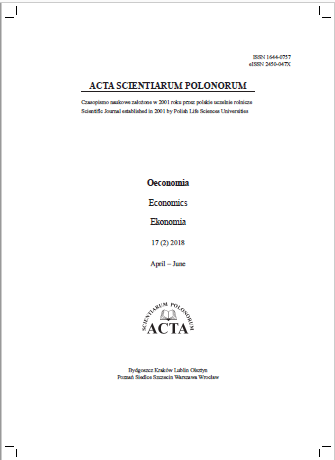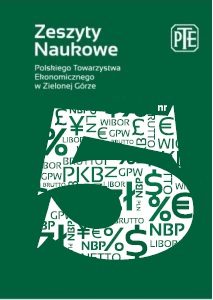
Istota i determinanty rozwoju lokalnego
The purpose of this article is to present a definition of development in the local view. The first section relates to the concept of locality and economic development and there were presented the main skills of local`s development. In the second part of that report there were local development`s attempts. In the next part there was described the role of local authorities and there was presented the social capital`s importance. The article is ended short resume.
More...
